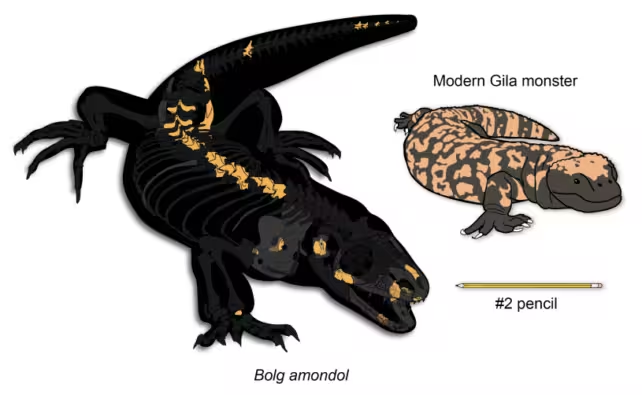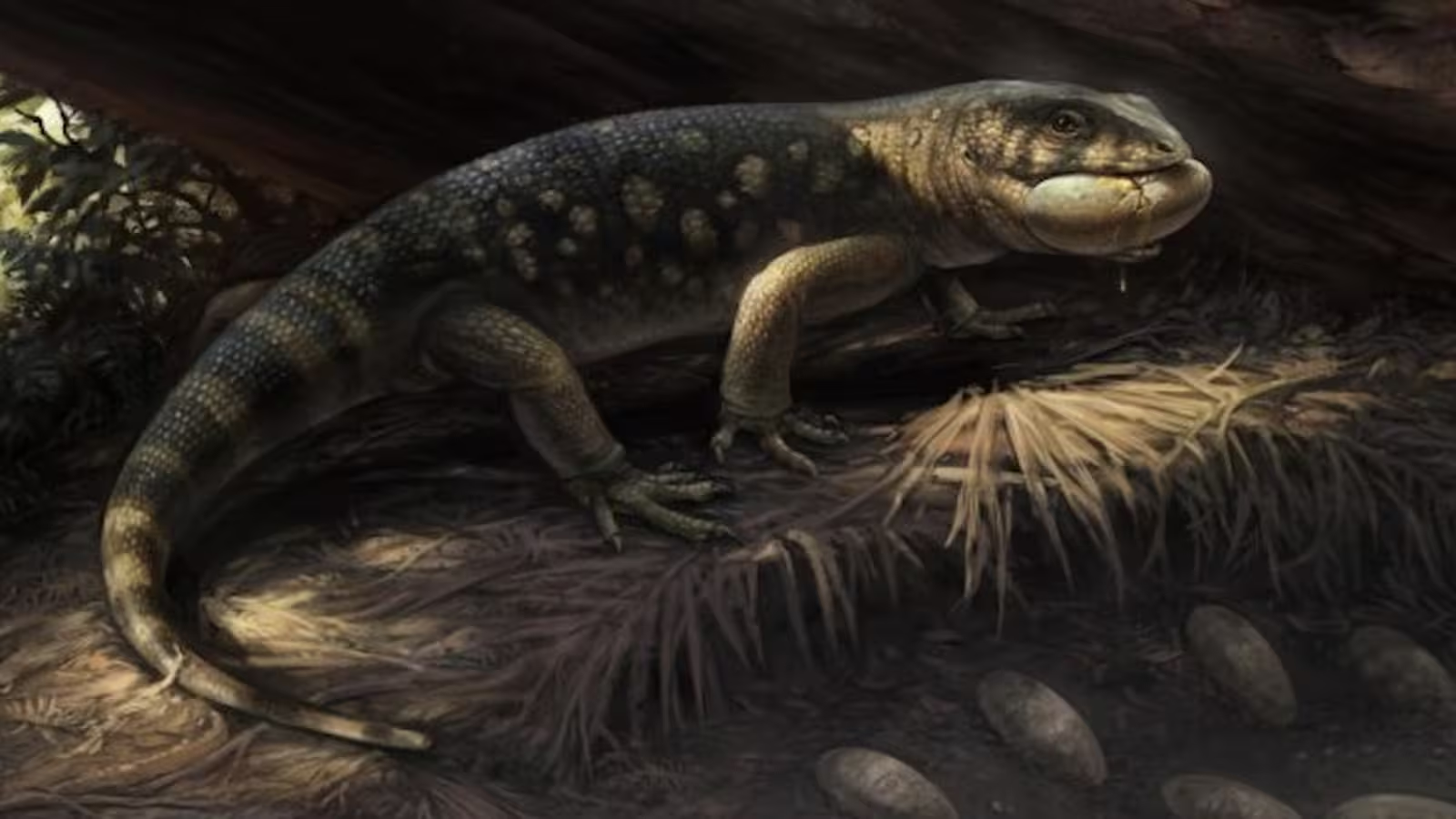3 Minutes
A Legendary Reptilian Discovery from the Age of Dinosaurs
A team of paleontologists has identified a striking new species of prehistoric lizard that once thrived alongside the dinosaurs, introducing it to the scientific world as Bolg amondol—or the "mound-headed goblin prince," a name inspired by J.R.R. Tolkien’s Elvish language. This newly described monstersaur adds a fascinating chapter to our understanding of ancient reptile evolution and highlights the diversity of life that existed at the end of the Cretaceous period.
Scientific Background: From Museum Drawers to Evolutionary Spotlight
Bolg amondol’s fossilized remains were initially unearthed in Utah, USA, and stored in museum collections since 2006. However, it was only through recent, detailed analysis that researchers confirmed it represented a previously unknown species. Despite being based on a fragmentary skeleton, the find was sufficient for researchers, led by Hank Woolley of the Natural History Museum of Los Angeles County's Dinosaur Institute, to identify unique anatomical features and place Bolg within the broader evolutionary tree of prehistoric lizards.
This ancient reptile is classified as an early member of Monstersauria—a group of lizards that includes today’s Gila monster. Unlike its modern relatives, which typically reach lengths of about 50 centimeters (20 inches), Bolg amondol is estimated to have measured over three feet (more than 90 centimeters) from snout to tail, making it a formidable presence in its ecosystem. As Woolley notes, "So by modern lizard standards, a very large animal, similar in size to a Savannah monitor lizard; something that you wouldn’t want to mess around with."

Biogeography and Evolutionary Implications
What makes Bolg amondol particularly intriguing is its paleogeographic significance. Although discovered in North America and dating back approximately 76 million years—nearing the close of the dinosaur era—Bolg’s closest known relative has been identified in the Gobi Desert of Asia. This surprising connection points to ancient faunal exchanges between continents that were geologically connected at the time, challenging our understanding of prehistoric animal migration and the distribution of reptilian lineages.
Advancing Knowledge of Non-Dinosaur Reptile Diversity
The addition of Bolg amondol to Monstersauria helps fill important gaps in the evolutionary history of this lizard group. It also broadens our perspective of the rich network of non-dinosaur reptiles that coexisted with their more famous dinosaur contemporaries, offering new insights into the dynamic ecosystems of the Late Cretaceous.
Conclusion
The discovery of Bolg amondol, the "goblin prince" of the ancient world, underscores the vast and still-unfolding story of life alongside the dinosaurs. By delving into museum collections and integrating evolutionary, biogeographic, and anatomical research, scientists continue to unravel the complex tapestry of prehistoric ecosystems—revealing that the age of dinosaurs was also an era of remarkable reptilian diversity and global migration.



Comments